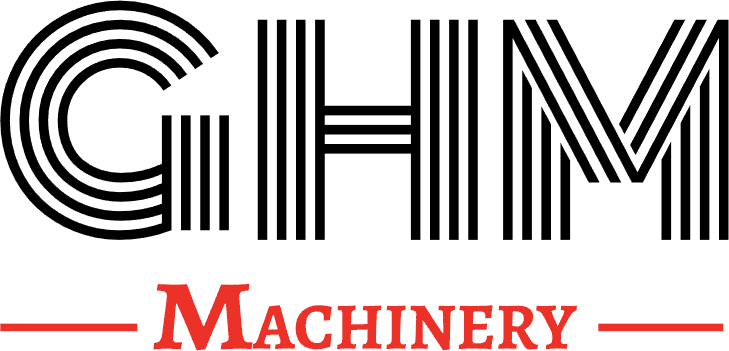Waste rebar processing involves cutting, crushing, sorting, and compacting to prepare steel for recycling or reuse. Below is a breakdown of essential equipment by processing stage:
1. Cutting Machines
Hydraulic Rebar Shear
-
Cuts long rebars into short segments (typically 30–100 mm) using hydraulic force.
-
Available in manual, electric, or fully automated versions.
-
Ideal for: Scrap yards, demolition sites, and recycling facilities.
Metal Circular Saw
-
Delivers clean, high-precision cuts using rotating blades.
-
Suited for processing high-value scrap where minimal deformation is critical.
2. Crushing & Sorting Systems
Metal Shredder / Crusher
-
Reduces scrap rebars into small pieces (<50 mm) suitable for melting.
-
Often paired with:
-
Magnetic Separators – Remove ferrous materials.
-
Eddy Current Separators – Extract non-ferrous metals (e.g., copper from coated rebars).
-
Jaw or Hammer Crusher
-
Handles bulky scrap or mixed metal loads as a primary crushing step.
3. Baling & Compacting Equipment
Scrap Metal Baler
-
Compresses loose rebars into compact bales (e.g., 30×30×30 cm) for easier transport and storage.
-
Pressure range: 50–1,000+ tons.
Rebar Baling Press
-
Designed specifically for short rebar fragments and offcuts.
4. Waste Rebar Straightening Machines
Rebar Straightener
-
Straightens bent or coiled rebars for reuse, often integrated with cutting and de-rusting functions.
-
Useful for turning scrap into usable construction elements like stirrups.
5. Auxiliary Equipment
Rust Removal Systems
-
Options include sandblasting, wire brushing, and chemical cleaning for surface preparation.
Conveyors & Elevators
-
Automate the movement of scrap between cutting, shredding, and baling stages.
Selection Guide
| Factor | Small-Scale Operation | Industrial-Scale Plant |
|---|---|---|
| Equipment | Shear + baler | Shredder + separator + baler + conveyor |
| Output Use | Scrap resale | Melting in steel mills |
| Automation Level | Manual or semi-automatic | Turnkey systems with full automation |
Safety Notes
-
Always use proper PPE: gloves, goggles, helmets, etc.
-
Maintain blades, hydraulic systems, and electrical controls regularly.
-
Train operators on emergency stop and overload procedures.
For model-specific inquiries (e.g., Lefort, Sierra, Metso), provide details like daily capacity, material specs, or budget to receive tailored equipment recommendations.



